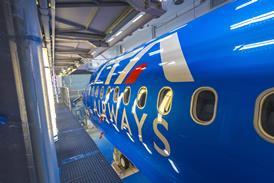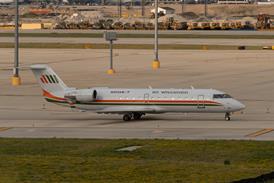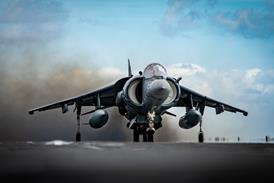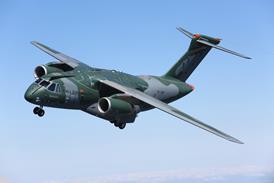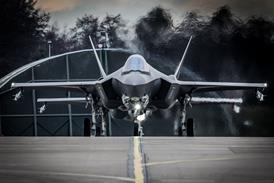Raytheon has completed a key design review for its prospective new electronic warfare (EW) system for the US Navy’s Boeing F/A-18E/F Super Hornet.
The company’s new Advanced Electronic Warfare (ADVEW) prototype has completed its Delta Design Review, according to Raytheon.
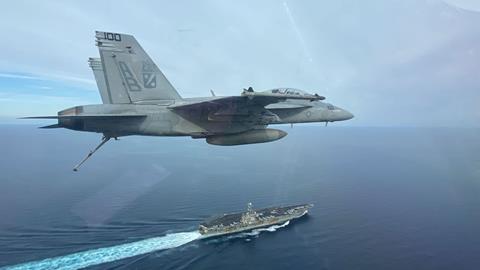
Raytheon’s announcement follows a similar one by L3Harris, its rival for the requirement.
A Delta Design Review helps evaluate changes and modifications made to an existing design. In this case, Raytheon looked at how the system’s hardware elements work together and says that the review confirms that the system will be able to provide electronic attack and support measures.
“This event is a significant milestone that demonstrates our multi-function approach of integrating electronic support and electronic attack to revolutionise modern electronic warfare systems,” says Bryan Rosselli, president of Advanced Products & Solutions at Raytheon.
“Our solution provides the needed capabilities to defeat the ever-evolving threats of the world’s most dangerous adversaries now and well into the future.”
Raytheon’s work on the project follows a down select in December 2023, in which it was awarded $80 million to develop a “one-box solution” to replace two legacy Super Hornet systems, the L3Harris AN/ALQ-214 electronic countermeasures system and the Raytheon AN/ALR-67(V3) radar warning receiver.
L3Harris, for its part, was also down selected and received $80 million to develop its own ADVEW prototype.
In November, L3Harris announced that its ADVEW offering had completed critical hardware checks, which will allow for the “next phase of integration and testing”.
L3Harris’s efforts included working with Boeing to conduct hardware fit checks using 3D printed models of its ADVEW system. In addition, the L3Harris ADVEW underwent five days of tests at the US Navy’s Threat Air Defense Lab.
Despite the advent of the Lockheed Martin F-35C, the Super Hornet will remain a key element of aircraft carrier air wings beyond the 2030s.
The fighter’s updated Block III configuration is in operational service, offering better sensors as well as improved data processing and transmission.


